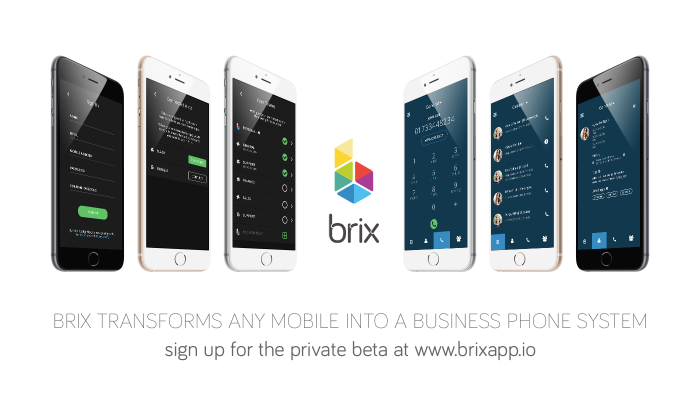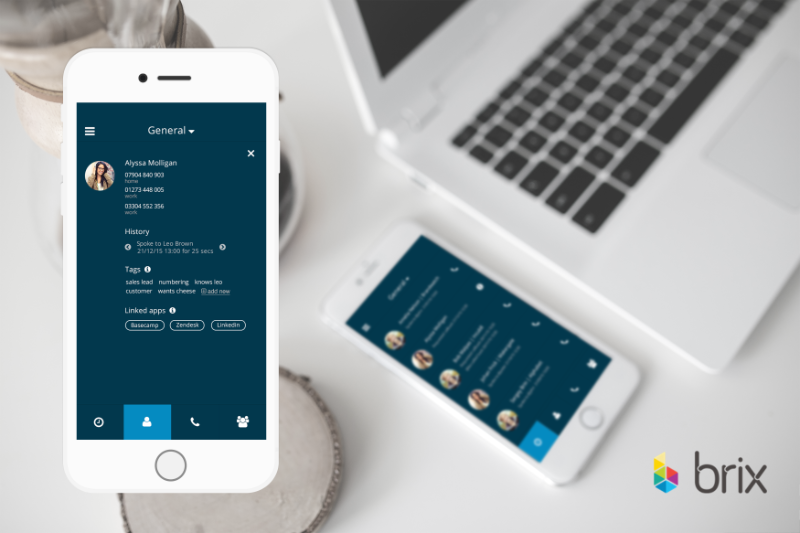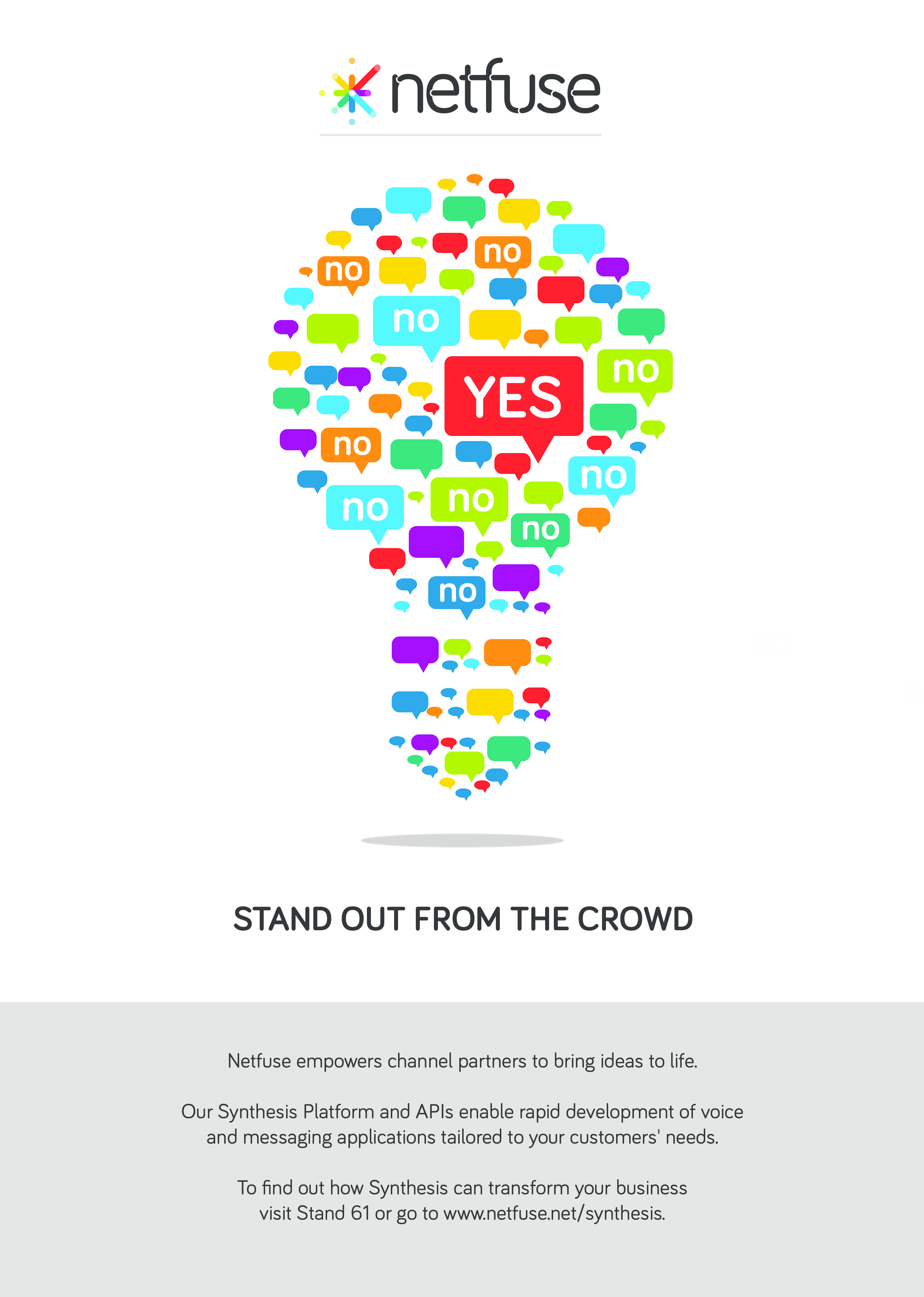At Netfuse we’ve been building telecoms solutions, integrations and platforms for other people since we started out. We’ve developed our synthesis platform specifically to make it easy for anyone with some knowledge of software development to build voice services into any application. It’s been used for mobile apps, for inbound call management by other telcos, for our SME voice product Business Voice, and even for mapping callers to the emergency services in the Ebola response in Sierra Leone.
Along the way we’ve learned a lot (probably more than was strictly necessary) about how the internet works, been allocated our own phone number ranges by Ofcom, got our own IP addresses from RIPE, constructed a geographically redundant network and, most recently, built a co-operatively run data centre in the heart of Brighton as founder members of the Brighton Digital Exchange.
But until now we’ve had a sneaking suspicion that we could (and perhaps should) be doing something more ambitious with everything we’ve learned along the way. Don’t get me wrong, we love helping other people solve their particular problems. But we’ve never really dug into how we can move things forward in our industry as a whole – specifically the IP Telephony bit of the telecoms industry in which we’ve tended to reside.
That’s about to change, and here’s why.
We use all manner of software to run our business. We use Brighton based Crunch for accountancy, Slack for instant messaging, Pandadoc for document and contract management, GoCardless for recurring payments, Cyfe for business dashboards, Google Apps for email and collaborative documents, Dropbox for file sharing and Basecamp for project management. We go open source where it makes sense, so it’s OSTicket for support, Git for version control, Cacti for monitoring and OpenVZ (mostly) for server virtualisation.
It was when we were assessing the role that each of these played in our business that we realised that much of our (and our industry’s) approach to service design and delivery was flawed in an age of increasingly mobile, tailored and ubiquitous computing and connectivity.
The way that we do business, and build businesses, is changing.
Companies are becoming amalgamations of functions supported by (or indeed entirely delivered by) third parties. Looking at the list of services we use ourselves we recognise that we’re one of those businesses. And there’s currently nothing on the market in the telecoms sector that adequately complements the diversity of services we rely on.
That’s why we’ve decided to build a telecoms product specifically for our kind of business. One that’s not just integrated with the other services we use, but defined by the services we use every day.
The result is Brix - a business phone system on our own mobiles, configured on the basis of the members of our Google groups or slack channels, and integrated with the services we use every day. It’s early days (the version 1 design is done and we’re building the alpha now) but we feel like we’re making something that will improve how we work. And hopefully it’ll make life better for other businesses along the way.



